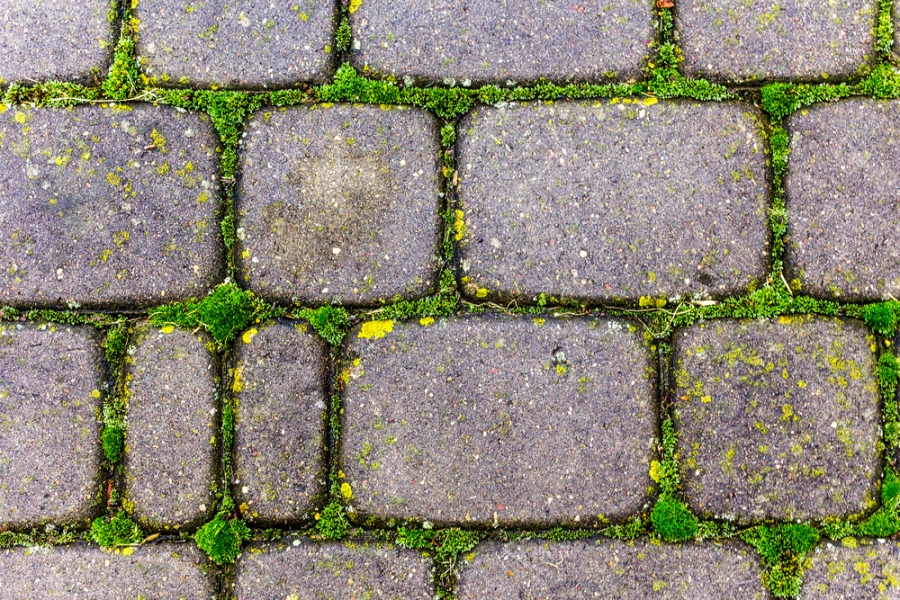There are many reasons for choosing paving stones installation for your outdoor hardscaping features. Quite durable, they never crack, chip, or flake and can withstand the elements and test of time. They don’t change color or absorb grime and require very little maintenance. Besides, there are endless colors, designs, and patterns to choose from. It is however important to plan the installation well to enjoy all these benefits.
What to Plan for Paving Stones Installation?
Proper preliminary planning and preparation are important for ensuring lasting paving stone installation. Effective planning ensures the work meets quality standards and everyone’s task becomes easier. Initial planning must include the following steps:
- Create a detailed diagram of the area that needs paving
- All the measurements must be taken to determine how much material is required
- Plan edge restraint for the area being paved
Before you start digging, make sure to call you utility companies to ensure everyone’s safety on the property. This includes the telephone, power, gas, and cable TV companies to identify the location of the underground services.
Planning & Layout
When planning the area where the pavers will go, make sure there is enough space. Typically, graph paper is used for drawing out the plan and noting the measurements. The planned area should be laid out using some wood or hose to create the outline for the paved area.
Create a second outline, around 8 inches outside the first outline, using spray paint or some sort of mark. The area must be planned to have a slope or gradient to ensure water runoff. Any amount of ponding or pooling can cause damage to the pavement.
Calculate Quantity of Pavers
As mentioned in the preliminary planning phase, you should also consider the quantity of pavers and materials that will be required for the project.
- Measure the length and width of the area that needs paving
- Multiply the figures to get the square footage area
- Add 5% to the area to allow space for pavers that will need to be cut to fit curves and other oddly-shaped areas
- If you have more curves on your property, add 10% to the total calculated area
Paver Design
Running bond and jack-on-jack are the most common and easiest patterns to install. There are even more sophisticated patterns, such as pinwheel and herringbone that require more cutting.
If you are installing a patio, make sure there is enough space to cover all the outdoor furniture. There should also be enough space around the area for walking. If heavy objects such as large grills and hot tubs need to be added, use thicker pavers.
When it comes to the location of the installation, consider the sight lines from doors and windows. Consider how the installation will affect the sight lines. It is also important to check the local building codes to identify any requirements and restrictions. A permit may be required, depending on your area.
Paving stones are exceptionally strong and durable. This is why they were so commonly used in Ancient Rome and still today. These pavers have the power to bring a unique kind of beauty and elegance to any property. There are endless design opportunities and they can be laid over existing pavers, providing greater flexibility. It seems there are almost limitless benefits to these surfaces.
When done right, your paving stone installation can last forever. Ensure proper and thorough planning by calling the right installation company. Get quotes from them and some may even conduct an inspection of your property. Make comparisons before choosing an experienced and reputable paving specialist that can provide customized services.



